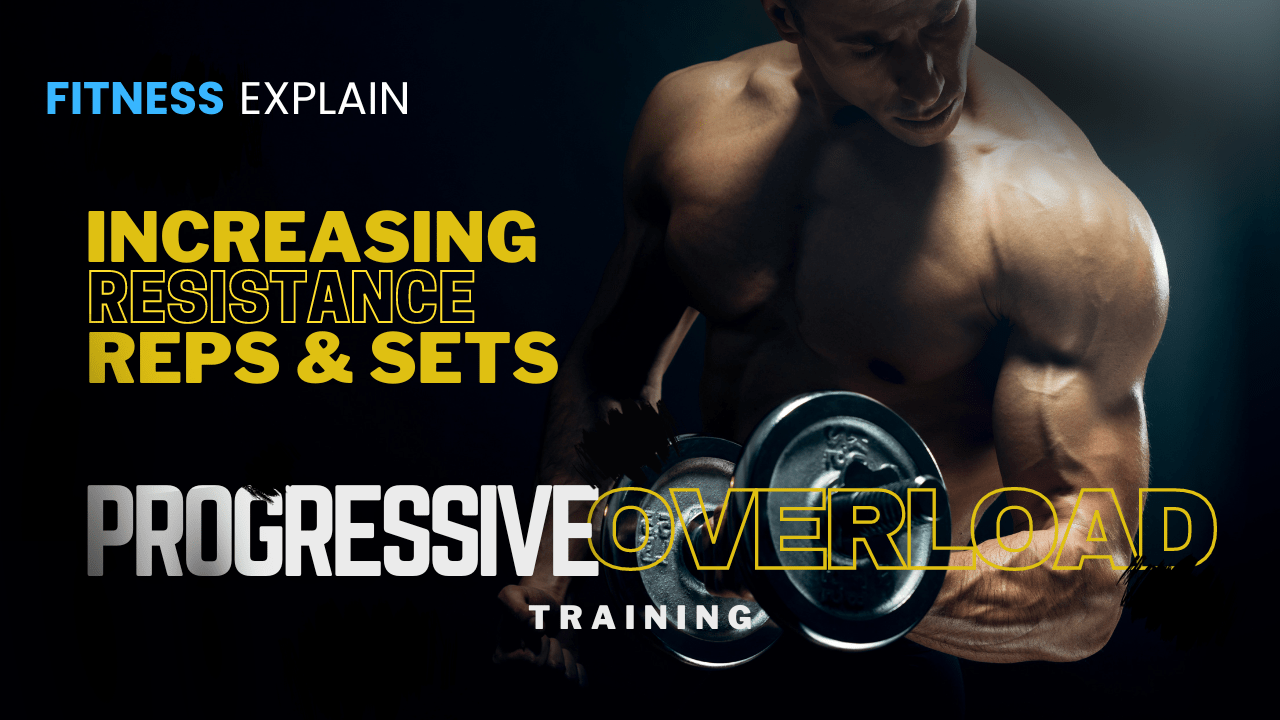What exactly is Progressive Overload?
If you are interested in muscle and strength building strategies, You know this topic has mentioned as one of the important one. A quick Google search will give you the definition along the lines of “a method of increasing the weight, frequency, or number of repetitions placed upon the musculoskeletal and nervous system.” While this technically accurate, Let’s delve deeper in to this topic.
Progressive overload involves making exercises gradually more challenging over time. This gradual growth provides a stimulus for muscles, promoting an environment for adaptation. Adaptation, in turn, leads to improved muscle fiber contraction and recruitment, as well as increased muscle gains.
Here's what we'll be covering in this article
Importance of Novel Stimulus
Repeatedly performing the same workout without progressively overloaded, your body eventually stops progressing since you’ve adapted to the given stimulus. To avoid downturn, it’s crucial to consistently increase stress, providing your body with a novel stimulus for growth.
Basics of Progressive Overload
Increasing Resistance
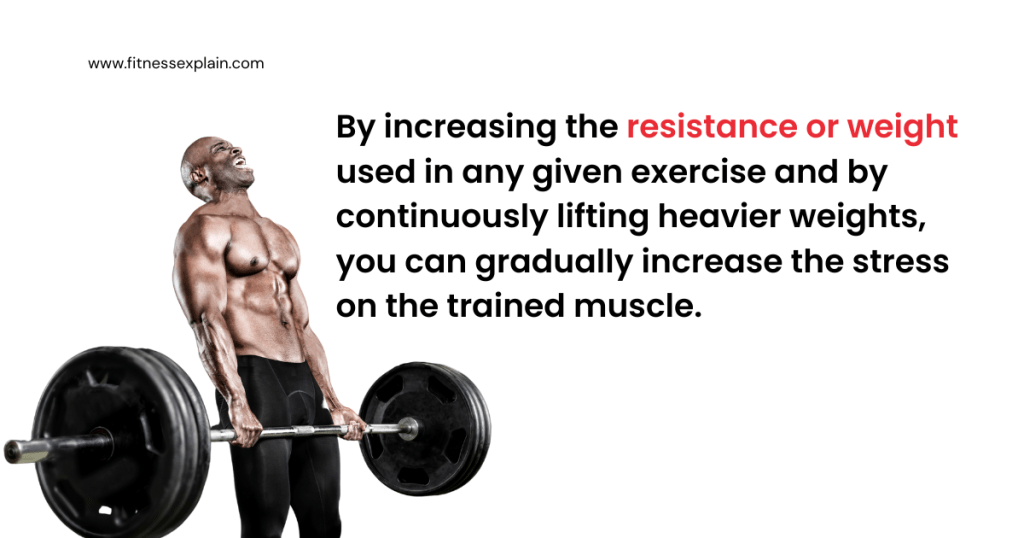
The most common method involves increasing the resistance or weight in any given exercise. Continuously lifting heavier weights gradually intensifies the stress on trained muscles, making it a fundamental principle, especially for beginners.
Reps and Sets
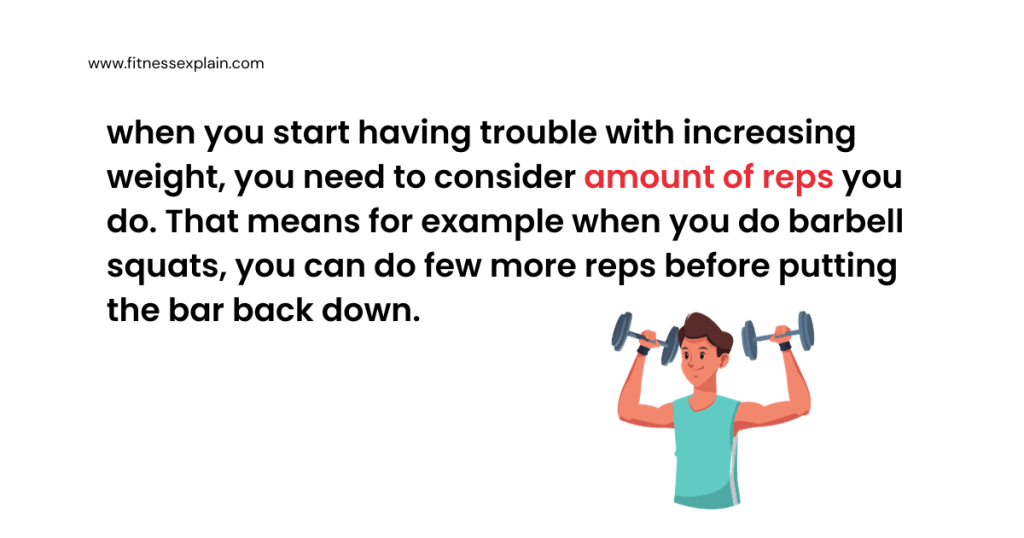
The number of repetitions (reps) and sets play a pivotal role. Reps indicate how many times an exercise is done in one go, with more reps translating to more stress. Additionally, the number of sets amplifies stress, and finding the right balance is key. Research suggests the sweet spot is around 6 to 12 reps per set.
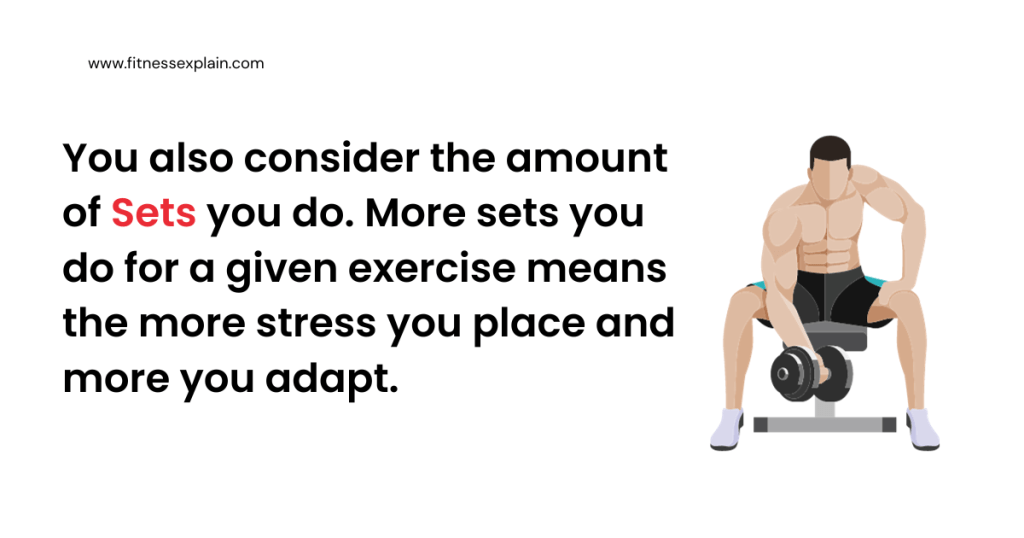
Training Volume is the Formula
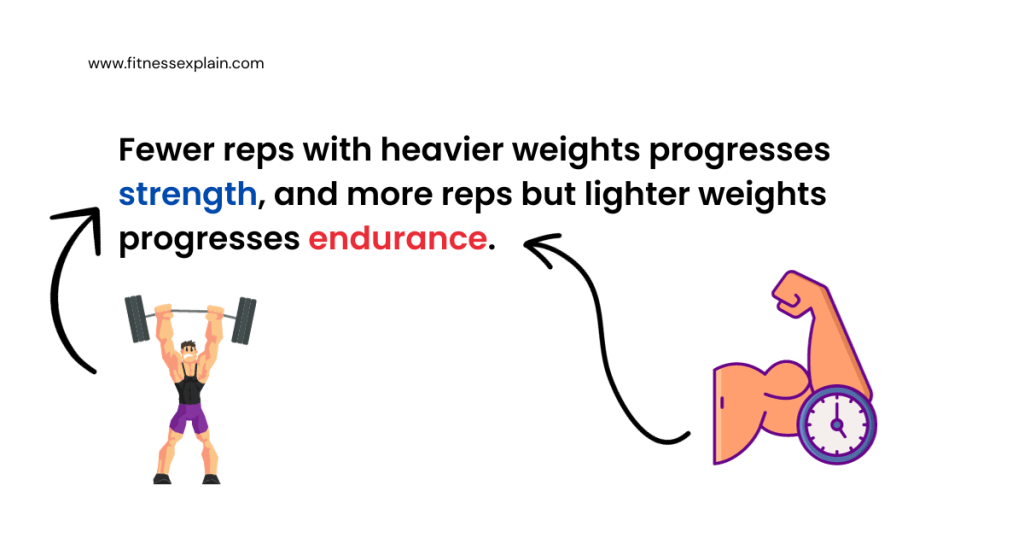
When combining reps, sets, and weight lifted, we arrive at the quintessential progressive overload formula known as training volume. This formula, with a sweet spot of 12 to 20 sets per muscle group per week, consistently correlates with positive muscle gains.
While strength gains may lean towards lifting heavier weights, volume, which leads to muscle growth, is paramount. More muscle facilitates moving heavier weights and, consequently, further strength gains.
Suggestions | Read Now : 3 Important Effects of sleep deprivation on Gains
Critical Components of Progressive Overload Training
1. Frequency
Frequency, or the number of times you train a muscle in a given week, is vital. The more you train, the more sets and reps you can perform, resulting in increased volume and overload. Research suggests that training each muscle group at least twice a week is often effective.
2. Training to Failure
Training to failure involves pushing your muscles to complete fatigue, irrespective of a specific rep count. While intuitive, it’s challenging, especially for newcomers, and requires more recovery time.
3. Recovery
Recovery is the third and final extra tip of progressive overload. Taking time off from training is crucial for proper adaptation and fatigue reduction. Neglecting recovery can lead to long-term fatigue, baffling overall progression.
Is Progressive Overload Necessary ?
Now, the question that often ask is, “Is Progressive Overload necessary?” The answer is yes. Progressive Overload is the cornerstone of effective strength training, providing the stimulus needed for muscle adaptation and growth.
How to Start Progressive Overload Training
As i explained before in this article, the journey begins with understanding the basics. Start by gradually increasing resistance, whether through weights or other variables, and focus on finding the right balance of reps and sets. As a beginner, draw attention to lifting heavier weights, gradually increasing the stress on your muscles.
Finally in conclusion Progressive Overload is a fundamental aspect of strength training that should not be overlooked. It’s not only about the lifting heavier weights, it’s about the progress of your fitness journey. The principles of Progressive Overload provide a roadmap for constant improvement. Remember, it’s not just about lifting heavier weights but maintaining factors like reps, sets, and recovery for optimal results.
As always, thank you for reading, and don’t forget your PROTEIN !


